Personalized predictions may improve outcomes
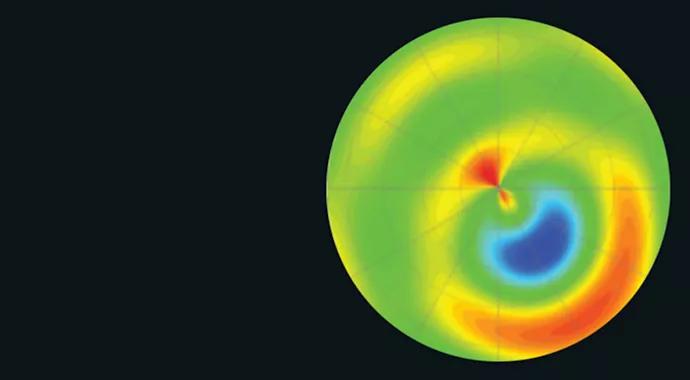
The future of keratoconus diagnosis may involve individualized computer modeling that integrates various structural characteristics of the cornea, predicts optical responses to structural changes and simulates “virtual” surgery before actually treating patients, according to William J. Dupps, MD, PhD, Director of Cleveland Clinic’s Ocular Biomechanics and Imaging Lab.
Cleveland Clinic is a non-profit academic medical center. Advertising on our site helps support our mission. We do not endorse non-Cleveland Clinic products or services. Policy
These steps may help identify keratoconus earlier and steer at-risk patients away from potentially destabilizing procedures and toward more optimal treatment approaches for their particular structural state, Dr. Dupps says.

Patients with advanced keratoconus are easy to identify, for example, during evaluation before anticipated laser refractive surgery. These patients are clearly not candidates for LASIK surgery because of corneal instability. The challenge, however, is to identify patients with a predisposition to keratoconus but without other clinical signs of the condition.
“We don’t have any trouble figuring out who has full-scale keratoconus. It’s the people who have subtle findings that overlap with keratoconus who are the real challenge,” Dr. Dupps explains. “Those findings could just be normal variations or could be the start of a progressive degenerative process, which is something you really want to know if you’re trying to determine whether they’re a candidate for laser refractive surgery.”
With new techniques of multimodal diagnosis being pioneered in his laboratory at the Cole Eye Institute, Dr. Dupps and his team are examining a variety of corneal features to enhance early diagnosis.

“We’re looking at anatomy and mechanical behavior and trying to put those together into a unified characterization of disease risk that can help clinicians pick up early disease predisposition while also reducing the number of patients unnecessarily turned away from LASIK,” he says.
Keratoconus is a complex disease involving accentuated curvature, reduced thickness and progressive irregularity of the cornea. As Dr. Dupps discussed in Ocular Surgery News, no single diagnostic tool encompasses all aspects of the condition. A more complete picture of keratoconus can be gained by combining information from corneal topography, tomography and biomechanical property measurement.
This last category is an area of intense interest in the field, according to Dr. Dupps. Emerging technologies for biomechanical characterization include Brillouin microscopy and a technique that was first applied to the eye at Cleveland Clinic, optical coherence tomography (OCT) elastography. “Our prototype device applies a gentle pressure to the cornea, similar to a typical eye pressure measurement, and images the cornea simultaneously to produce a 3-D deformation map that reflects local elastic behavior,” explains Dr. Dupps.
Experiments in human donor eyes and in rabbits have shown the capability to detect differences in corneal stiffening effects between a variety of candidate corneal stiffening procedures. Recent measurments in donor eyes with keratoconus support the role of focal weakening in the cone region as a driver of corneal steepening and visual distortion. Because of this, Dr. Dupps believes 3-D biomechanical imaging modalities could be a sensitive way to pick up early changes and guide more personalized treatments aimed at normalizing these property distributions.
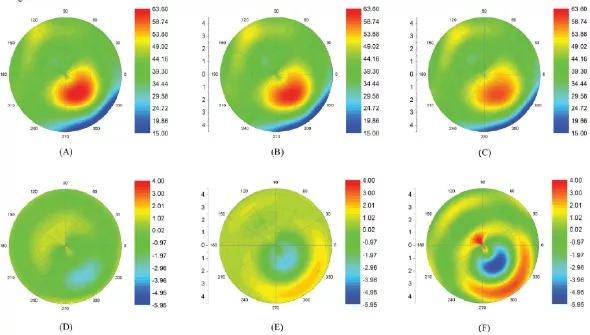
The ultimate goal is a unified diagnostic and predictive tool that incorporates all relevant predictive variables at once. Dr. Dupps’ group is combining 3-D clinical tomography data and computational structural modeling to allow prediction of the eye’s behavior under stress, much the way that the airline industry tests an airplane with computer modeling before actually flying it.
Dr. Dupps explains, “We can build patient-specific models of a keratoconus eye and modify elastic strength and other tissue variables to simulate progression. This is helping us better understand what some of the major drivers of the disease are, and by simulating possible treatment approaches in a safe virtual domain, we can guide patients toward treatments that are more likely to stabilize or even improve their condition.”
Finally, Dr. Dupps is optimistic about the eventual FDA approval of collagen cross-linking, which offers great promise for halting keratoconus progression and facilitating personalized treatment patterns informed by computational modeling.
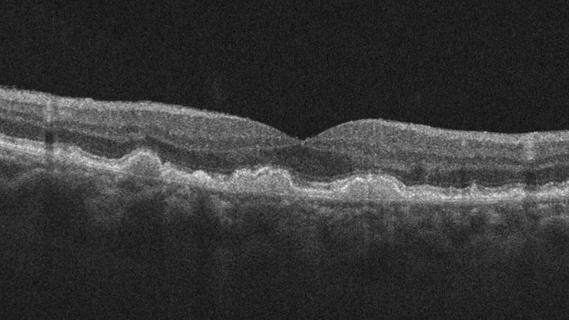
Early data shows risk is 73% higher in patients with lupus, 40% higher in patients with rheumatoid arthritis
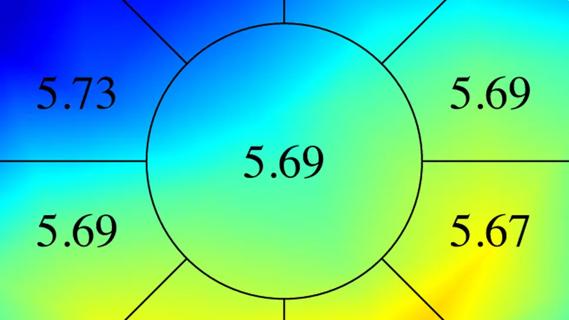
Identifies weak spots in the cornea before shape change occurs

Researchers to study retinal regeneration in zebrafish with new grant from National Eye Institute
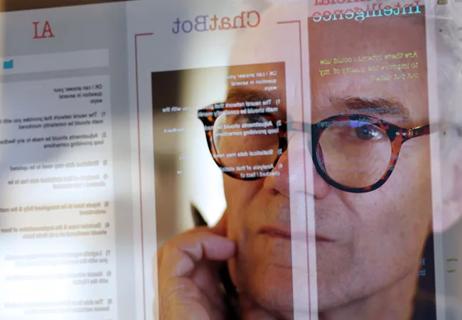
30% of references generated by ChatGPT don’t exist, according to one study
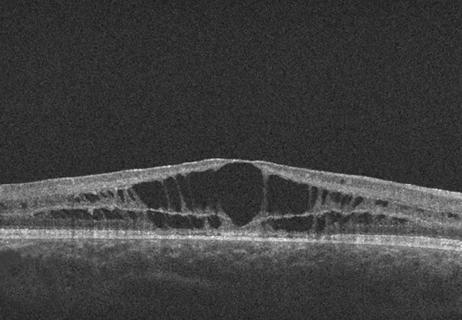
Study followed patients an average of eight years
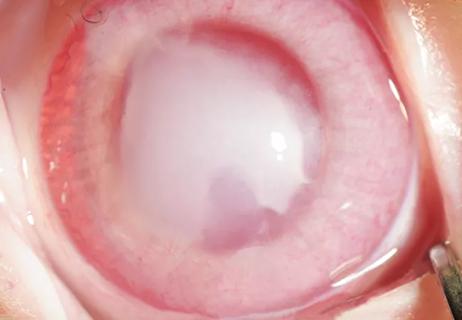
Studies indicate dramatic results when used topically with or without corticosteroids
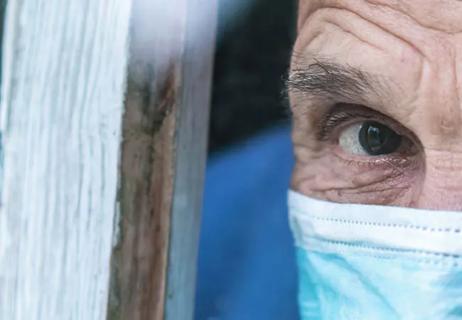
53% of participants didn’t need anti-VEGF for six months or longer
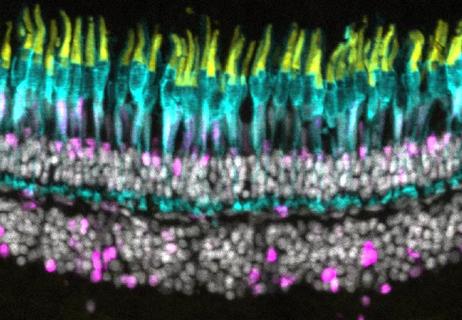
Notch pathway inhibition preserves retinal neurons and promotes regrowth in zebrafish